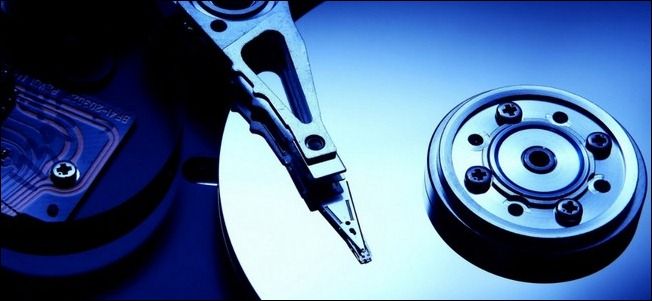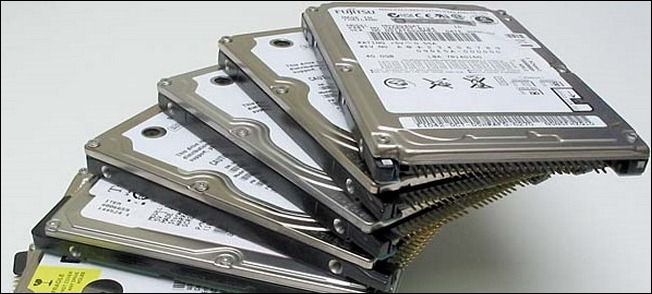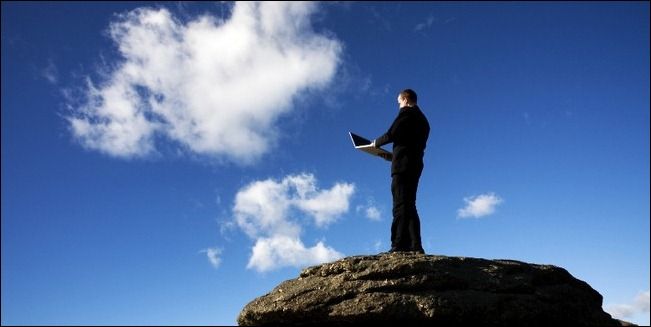With an increasing amount of our lives stored in digital format—financial documents, family photos, work projects—it is increasingly important to backup. This week we take a look at your backup strategies.
Earlier this week we asked you to share your backup strategy. Hundreds of replies later we have a pretty solid spread of techniques and tricks.
Redundancy Is Key
We were pleased to see how many of you really had a lock on the core principles of backing up your data. If you don’t have redundant and offline/offsite backups then you don’t really have a solid backup plan in place. Redundancy and offline drives were the order of the day for most readers. Tony writes:
Redundancy is key! At home, I don’t change enough to warrant frequent backups, but I have an external that I copy files to. I will save local and use the external along with a 2nd 1tb disk internal. In essence there is always 3 copies of a given file. Every time I rebuild or upgrade my OS (once a year or so), I also burn DVD’s of my data.
Richard echoes this sentiment:
I am the King of Redundancy when it comes to backups. For the most part, I have multiple copies of backed up data (five copies at the minimum). Mostly done on a daily and/or weekly basis by automated synch programs. I have two drive image backups that are replaced every three months. Since I have the install disks for most all my applications and cloud based storage for the downloadable software I’ve purchased, the data is the more important. Most of it is irreplaceable, hence the redundancy. I use a lot of CDR & DVDR disks because of their cost effectiveness. For the image backups, I have them on their own dedicated 2-1/2″ USB External 500Gb drives.
Nancy mixes it up with a combination of external drives and server storage:
1. I have a separate hard drive (WD MyBook) connected to my computer. I save all my data to this drive.
2. I use Windows Home Server to back up all four of my computers. The Server is built of mostly older parts; however, the motherboard, RAM and hard drives are all used for the first time in this machine.
3. I have several (8 or 9 at last count) jump/flash/thumb drives. I keep particularly sensitive data on these, so it’s backed up three times.
Redundant, but it works for me.
The moral of the story is that if your data isn’t in separate locations it’s not truly backed up. If it’s important to you, it should exist in at least three places and two of those places should be offline in some form (like an external drive or DVD set that you keep in a fire safe).
Online Backup Is Good for Small Files; Sometimes Dicey
Cloud based storage wasn’t very popular among the HTG readership for a variety of reasons. Those who were happy with it generally were working with small amounts of files and were just using the cloud storage as yet another layer in their backup scheme. Chronno writes:
Automatic synchronizing software and two sets of hard drives. Won’t save me from something like my house burning down, but it’s already saved me from a hard drive crash.
The really important stuff in in my Dropbox (encrypted with Trucrypt) where it gets copied to four different locations.
His arrangement was a fairly common one; more than a quarter of the responding readers incorporated Dropbox into their backup plan. Many readers noted that they used Dropbox for small but important files and most of them encrypted it before uploading.
Although not as popular as Dropbox, when it came to backing up larger volumes of data many readers turned to services like Carbonite, CrashPlan, and Mozy. Although Carbonite and Mozy are widely popular online backup solutions, many readers had stories of being burned by them and transitioning to CrashPlan. AbbaDabba writes:
I back up all computers to a Windows Home Server machine. I then use a cloud service called CrashPlan. They’re cost effective and very reliable. I used to use Carbonite but they lost lots of my data because of a major bug in the program.
If the warnings we heard from various readers about the danger of cloud based storage are distilled down into a simple missive, it’s this: don’t trust the cloud as your only redundancy.
While many readers were happy with Carbonite and Mozy, it’s worth noting that CrashPlan has some pretty sweet features including local backup (you can use the software to backup to other machines on your network), remote backup (you and a friend/family member can remotely back up to each other’s machines), and then cloud-based backup on CrashPlan’s servers—all using the same application.
Hit up the comments section in the original post for additional insights on backup methods and tricks from your fellow readers.



